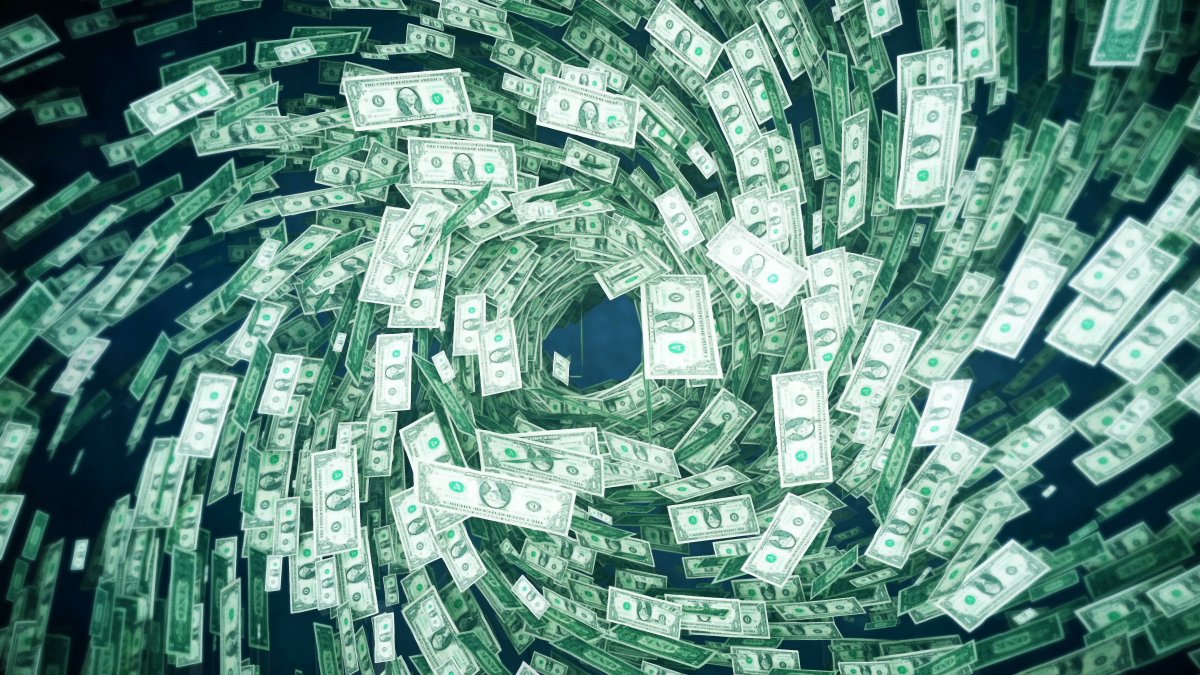On Monday, August 5, stock markets around the world were in a frenzy. Many stocks and ETFs lost double-digit amounts in value, and almost all tickers were red. At the heart of the whole thing is Japan’s long-standing low-interest policy and the resulting cheap loans, mainly from the Bank of Japan. Even a minimal increase in the key interest rate to just 0.25 percent caused a complex financial construct to stumble around the world.
Advertisement
The effects were still evident on Monday, when the companies listed on the US stock index S&P 500 alone lost several trillion US dollars in market value. The current recovery remains on shaky ground.
In Japan, the government and pension funds are said to have started the “Yen Carry Trade” years ago, and Western investors followed suit: apparently a “free money glitch” with supposedly free profits as long as the (risky) framework conditions are right. This is reported by, among others, JP Morgan Analysts (PDF) and Bloomberg.
Yen flowed into all markets
In a carry trade, investors take advantage of differences in the value of currencies. In Japan, there were almost interest-free loans. The yen was then exchanged for US dollars to buy government bonds, ETF shares and also stocks.
The idea behind it: If the return on investments in US dollars is higher than the interest costs for the yen loan, a profit is made. Due to Japan’s low interest rate policy, this was a predictable business for many years, especially with the predictable interest rates on government bonds and, to a certain extent, on ETFs.
This enabled investors to cash in twice:
- Due to the higher interest rates on investments
- Due to the falling yen exchange rate since spring 2020, because the exchange of US dollars into yen to repay the loans became cheaper
A stable or falling exchange rate is the basic requirement for a carry trade to work. If the exchange rate rises, this reduces the profit.
Key interest rate hike puts a dent in the financial construct
Between 2008 and the beginning of 2024, the Bank of Japan’s key interest rate was between -0.1 and +0.1 percent. On July 31, 2024, the announcement was finally made to raise the key interest rate to 0.25 percent. This was intended to interrupt the yen’s downward trend. And it worked immediately: while a US dollar was still worth a good 160 yen in mid-July, it is currently only worth around 147.
Within a few days, the value of the US dollar against the yen fell by a good 8 percent – that exceeds the annual yield of most government bonds; investors are paying more. By comparison: US government bonds with a ten-year term currently have a yield of 4.3 percent. For many ETFs, the profit has not been fully exhausted because they have risen above average on the stock markets in the past 12 months – the global stock index MSCI World by around 15 percent.
Fearing further increases in the yen exchange rate and the associated potential losses, investors apparently liquidated ETF and stock investments in the short term in order to exchange US dollars for yen. Together with rumors and disappointing quarterly reports in the semiconductor world, this triggered an avalanche of price drops.
In the case of Nvidia, it was said that the company would have to delay the next generation of AI accelerators (Blackwell) by several months due to a design flaw. Nvidia denied these rumors. Intel had to admit a billion-dollar loss in its annual report and predicted poor prospects.
The avalanche was probably fueled by automated stop-loss sales, where investors set minimum selling limits to reduce losses. In addition, so-called puts, i.e. bets on falling prices, can reinforce downward trends.
The big question remains how much money investors have put into the yen carry trade and how many investment positions have not yet been liquidated. Estimates start at a good one trillion US dollars, based on the foreign loans granted by the Bank of Japan. Deutsche Bank drew attention to the phenomenon as early as the end of 2023 and spoke of up to 20 trillion US dollars.
(mma)


